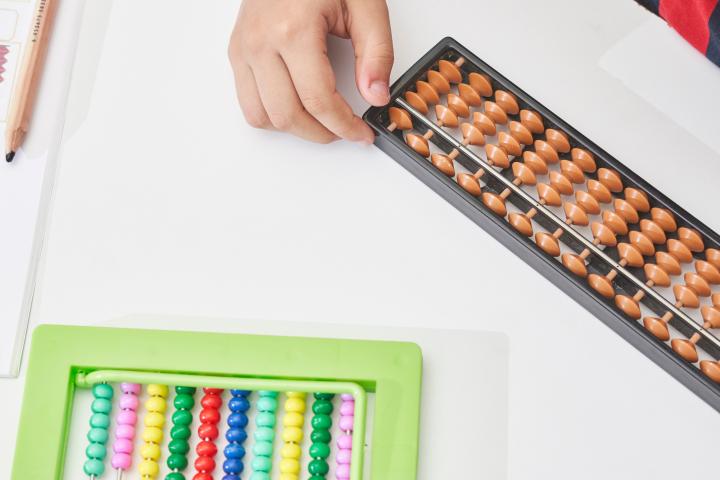Learning times tables can be a daunting task for both children and parents. The thought of memorizing a list of numbers often leads to frustration and stress, which can make the learning experience more difficult than it needs to be. However, with the right approach, teaching times tables can be a fun and rewarding experience for your child. In this blog, we’ll explore practical tips for parents on how to teach times tables without stress. Whether you’re using Times tables worksheets, mental math exercises, or fun games, there are many ways to make this journey enjoyable for your child.
1. Start with the Basics and Build Slowly
Teaching times tables shouldn’t feel overwhelming from the start. It’s important to begin with the basics and gradually increase the complexity as your child grows more comfortable. For younger children, start with the easiest numbers, such as the 1s, 2s, and 5s. These are generally the simplest times tables, and learning them early builds confidence.
Once your child is comfortable with the easier tables, slowly introduce the more challenging ones, like the 7s, 8s, and 9s. Don’t rush this process. Allow your child to practice each set of times tables until they can recite them confidently. The key is repetition without pressure—encourage your child to practice every day, but don’t make it a race.
2. Make Learning Times Tables Fun with Games
One of the best parenting tips for teaching times tables is to turn the learning process into a game. Children learn best when they’re having fun, and there are endless games you can play that incorporate times tables. For example, you can create a flashcard game where you ask your child to answer times tables questions quickly, and reward them for each correct answer.
Online math games and apps are also excellent resources to help your child engage with times tables in a fun way. Many of these games are interactive and adaptive, meaning they adjust the difficulty based on your child’s progress. This ensures that the games remain challenging without becoming too difficult.
3. Use Visual Aids and Hands-On Learning
Children often learn best when they can see or touch what they’re learning. Visual aids, such as charts, number lines, or colorful posters, can help your child better understand how multiplication works. Times tables posters in particular can be a valuable tool, as they serve as a constant visual reminder of the numbers.
In addition to visual aids, using hands-on tools like counting blocks, beads, or even simple items like buttons can make a significant difference in how your child grasps the concept of multiplication. For instance, to teach the 3 times table, you can have your child count out groups of three using buttons or small toys.
This method of hands-on learning allows your child to see the connection between multiplication and grouping, making it easier for them to understand. It’s also a great way to turn a potentially frustrating experience into a fun, interactive lesson.
4. Practice Mental Math for Quick Recall
Mental math is a crucial skill for mastering times tables. Encouraging your child to practice mental math helps improve their ability to quickly recall multiplication facts without relying on counting. Start with simple mental math exercises—ask your child questions like “What’s 3 times 4?” while you’re in the car or at the grocery store. These quick mental exercises help reinforce the tables and build confidence.
Using a mental math worksheet can also help your child practice and develop their skills. These worksheets typically provide a series of multiplication problems that your child must solve mentally, without the aid of visual aids or calculators. Over time, this will help your child memorize the tables, leading to faster recall and less hesitation when asked to multiply numbers.
5. Break It Down into Daily Practice
Consistency is key when teaching times tables. Instead of cramming all at once, break down practice into daily sessions. Spend 10 to 15 minutes each day on times tables practice—this is enough time to reinforce what your child has learned without causing burnout
Daily practice can include a mix of activities, such as filling out times tables worksheets, playing games, or completing mental math exercises. The variety will keep your child engaged while reinforcing their understanding of multiplication. To keep track of progress, you can use a reward chart, where your child earns stars or stickers for each day they practice.
6. Be Patient and Celebrate Success
Learning times tables can be challenging, and it’s essential to remain patient and supportive throughout the process. Every child learns at their own pace, so avoid comparing your child to others or placing too much pressure on them to memorize the tables quickly. Instead, focus on their individual progress, and celebrate every milestone, no matter how small.
Positive reinforcement is a powerful motivator for children. Celebrate when they master a new times table, whether it’s through a small reward or simply acknowledging their hard work. This helps build their confidence and encourages them to keep learning.
If your child is struggling with a particular table, take a step back and review the material in a different way. Sometimes, a new approach, like using visual aids or games, can make a significant difference in how they understand multiplication.
Conclusion:
At UCMAS USA, we understand the challenges parents face when teaching their children math skills like times tables. Our specialized abacus and mental math programs are designed to help children master math concepts in a fun and engaging way. With years of experience in providing top-quality education, we focus on making learning enjoyable and stress-free.
If you’re looking for additional support, our mental math worksheets and interactive lessons can help reinforce what your child is learning at home. Ready to help your child become a math whiz? Enroll in UCMAS USA today and watch your child’s confidence and skills grow! Contact us now to learn more about our programs and how we can help your child succeed.







